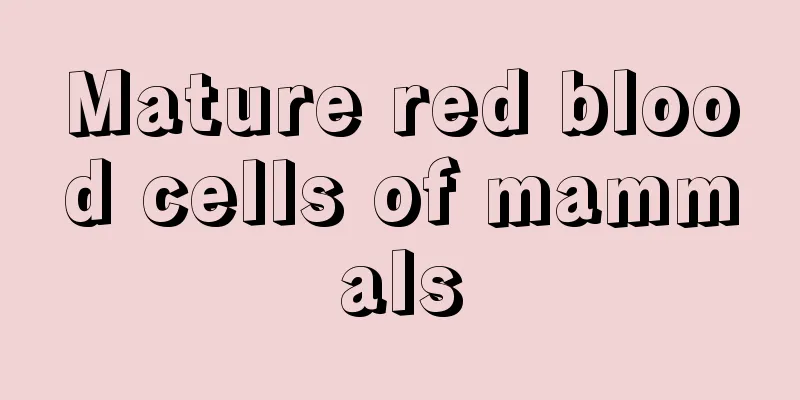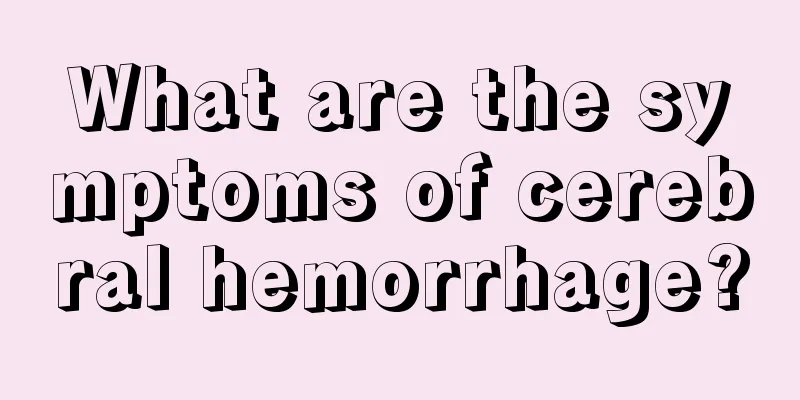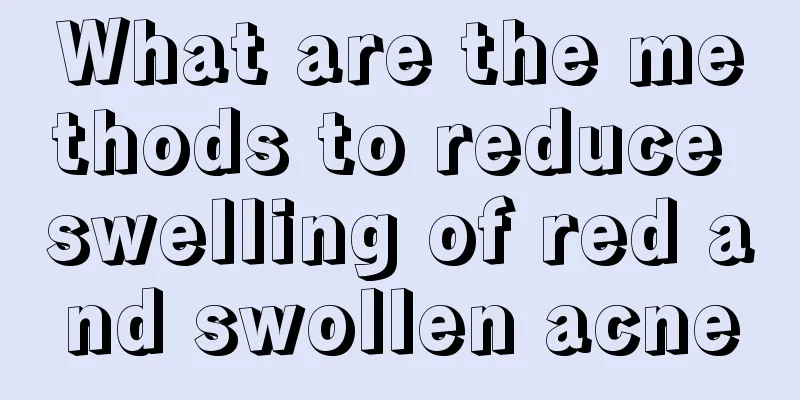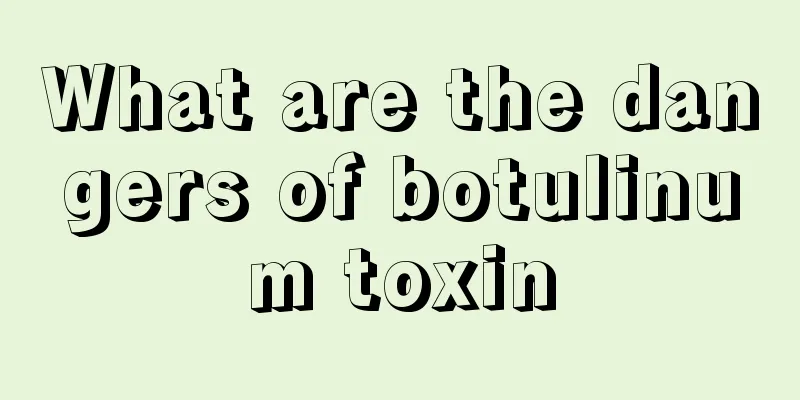Mature red blood cells of mammals

|
Blood is a very important substance in the human body, and it is also a medium for transporting nutrients. The main components of blood are red blood cells, white blood cells, and platelets. Red blood cells occupy an important position in the blood, and their main role in the blood is to participate in the transport of oxygen. For mammals, red blood cells are divided into mature red blood cells and immature red blood cells. Does DNA exist in mature red blood cells of mammals? There is no DNA, nor any genetic material. When mammalian red blood cells are immature, they contain various organelles and DNA and synthesize necessary proteins. During the maturation process, organelles such as the nucleus, mitochondria, and ribosomes gradually disappear. Fully mature red blood cells have no organelles and genetic material, only some necessary proteins and enzymes that participate in the transport of oxygen and have a very short lifespan. Mature red blood cells in mammals lack various organelles, a nucleus, and ribosomes. The various proteins in mature red blood cells (hemoglobin and various enzymes related to aerobic respiration) used to carry oxygen and enable their own aerobic respiration are all produced by undifferentiated cells. Mature red blood cells have an extremely short lifespan because they do not have a nucleus. In the early stage of erythrocyte development, i.e. the proerythroblast stage, the erythrocyte volume becomes smaller, the cytoplasm becomes strongly alkaline, the free ribosomes are abundant, hemoglobin synthesis begins, the chromosomes in the nucleus condense into blocks, and the nucleolus disappears. Later in development, hemoglobin synthesis increases and the cells lack organelles. Finally, the nucleus is expelled and becomes a terminally differentiated anucleated erythrocyte. According to the principle of structural and functional adaptation, these characteristics of red blood cells are closely related to their exchange of CO2 and O2. The cells are small and round in shape, which helps them move quickly within blood vessels. Their small size means a relatively large surface area, which helps improve gas exchange efficiency. The main substance inside the cell is hemoglobin, which helps to bind more CO2 and O2. Therefore, the highly specialized structure of red blood cells is closely related to their function. |
<<: Eye mucus medicine is effective
>>: My finger is swollen and painful after pulling out the thorn
Recommend
What should lung cancer survivors pay attention to in their diet? Four dietary considerations for lung cancer survivors
Lung cancer has seriously endangered the health o...
I suddenly get acne on my face. What should I do if acne occurs during the change of seasons?
If you suddenly get acne on your face, you need t...
Can I drink chicken soup after double eyelid surgery
Double eyelids are a relatively good-looking eye ...
Should I apply ice or heat to my eye bags?
As women age, they experience sagging skin around...
How to prevent liver cancer most effectively? Four steps are essential to prevent liver cancer
We often see or hear that many people have liver ...
Nursing knowledge for pancreatic cancer patients
Pancreatic cancer has a hidden onset and is diffi...
What are the real factors that lead to liver cancer? To prevent liver cancer, you must first understand the 8 major causes
my country is a country where liver cancer is com...
Diagnosis and treatment of gallbladder cancer
Diagnosis and treatment of gallbladder cancer? I ...
What harm does defoaming agent do to people
Defoaming agent is a kind of agent that can inhib...
If you have problems with urination, you should be alert to the occurrence of prostate cancer. Signs of prostate cancer
Prostate cancer is the most serious prostate dise...
How often should I use body scrub
I believe that all girls love to be beautiful, so...
How much tg can be used to determine the recurrence of thyroid cancer? What are the characteristics of thyroid cancer recurrence?
What is the symptom of thyroid cancer recurrence?...
What should I do if my lower back hurts after lying down?
Nowadays, people are busy with work and do less e...
There is sticky white phlegm in my throat that I can't spit out
In our daily life, we talk a lot every day, and m...
What can be added to milk powder to prevent getting a sore throat
Many babies will suffer from getting a sore throa...









